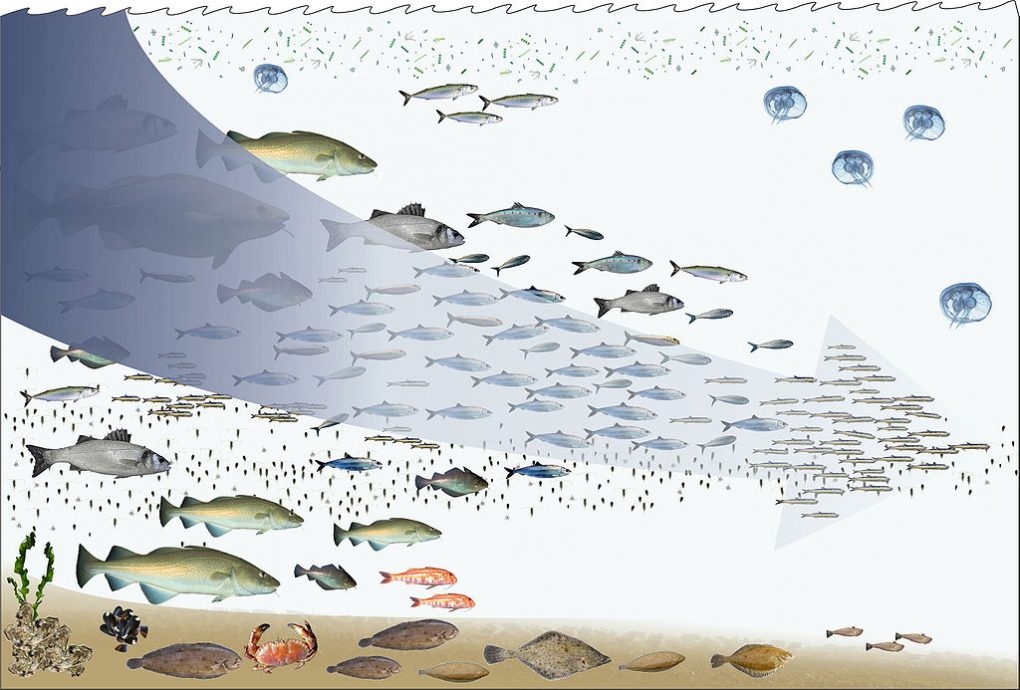Food waste has serious implications on our environment in terms of land, biodiversity, and carbon and water footprint. Statistics reported below have been obtained from the 2013 global food wastage report by the United Nations Food & Agriculture Organizations (FAO), as well as other sources.
1. Land Use
1.5 billion hectares of land, comparable to 19,500 times the size of Singapore, were used to generate the total amount of food wasted in 2007. Food waste places additional stress on our depleting forests by contributing to a further demand for land to grow crops. Meat and milk are the main contributors to land usage (78%) of food wastage.
In addition, loss of topsoil, low soil fertility and desertification are a result of intensive farming without allowing lands to lie fallow. Since a third of our food gets disposed of, food wastage contributes much to the excessive stress on land. Today, almost all of our food waste at the agriculture phase is generated where there is severe land degradation.
2. Biodiversity
Terrestrial Biodiversity. Crop production is responsible for 66% of threats to species and habitat loss when it expands into nature. This is a cause for concern, especially in the tropics where a large number of species live. In fact, the impact on wildlife caused by agriculture is two times as large as that caused by livestock production. Particularly, cereals, which are the primary source of food wastes, pose the highest threat to biodiversity. In addition, the ecosystem is increasingly being damaged as more people are abandoning their agricultural land. The picture below shows a threatened Northern Spotted Owl in a fresh clear-cut.
Credit: Joel Sartore/National Geographic
Marine Biodiversity. Food wastage contributes to overfishing and consequently, “fishing down the food web”. In the past five decades, overfishing of larger fish from higher up of the food web has caused its population to shrink drastically. In fact, the populations of larger fish (e.g., cod, swordfish) have shrunk by 90%. This leaves fishers with no choice, but to increasingly catch smaller fish (e.g., anchovies, sardines) nearer to the bottom of the food web.
3. Carbon Footprint
In 2007, the world generated 3.7 Giga tonnes of carbon dioxide as a result of food wastage. According to the FAO, “if integrated into a country ranking of top emitters, food wastage would appear third, after USA and China.” Moreover, this figure did not consider the carbon footprint of land development (i.e., changing the landscape for purposes like recreation or housing). Cereals (34%), meat (21%), and vegetables (21%) were the main sources of carbon footprint. In addition, fossil fuels such as petroleum are used extensively in every phase of the food supply chain (e.g., agriculture, manufacturing, processing, transportation)
4. Water Footprint
In 2007, the world contributed 250 km3 worth of water footprint (i.e., amount of surface and ground water) as a result of food wastage. This makes food waste the largest source of water footprint compared to any country in the world! Cereals (52%) and fruits (18%) were the main sources of water footprint. Meat is also a major source of water footprint; a kilogram of meat contributes to a larger water footprint than a kilogram of crops. At the rate water is being used, the shortage of it will soon pose as a threat to global security.





